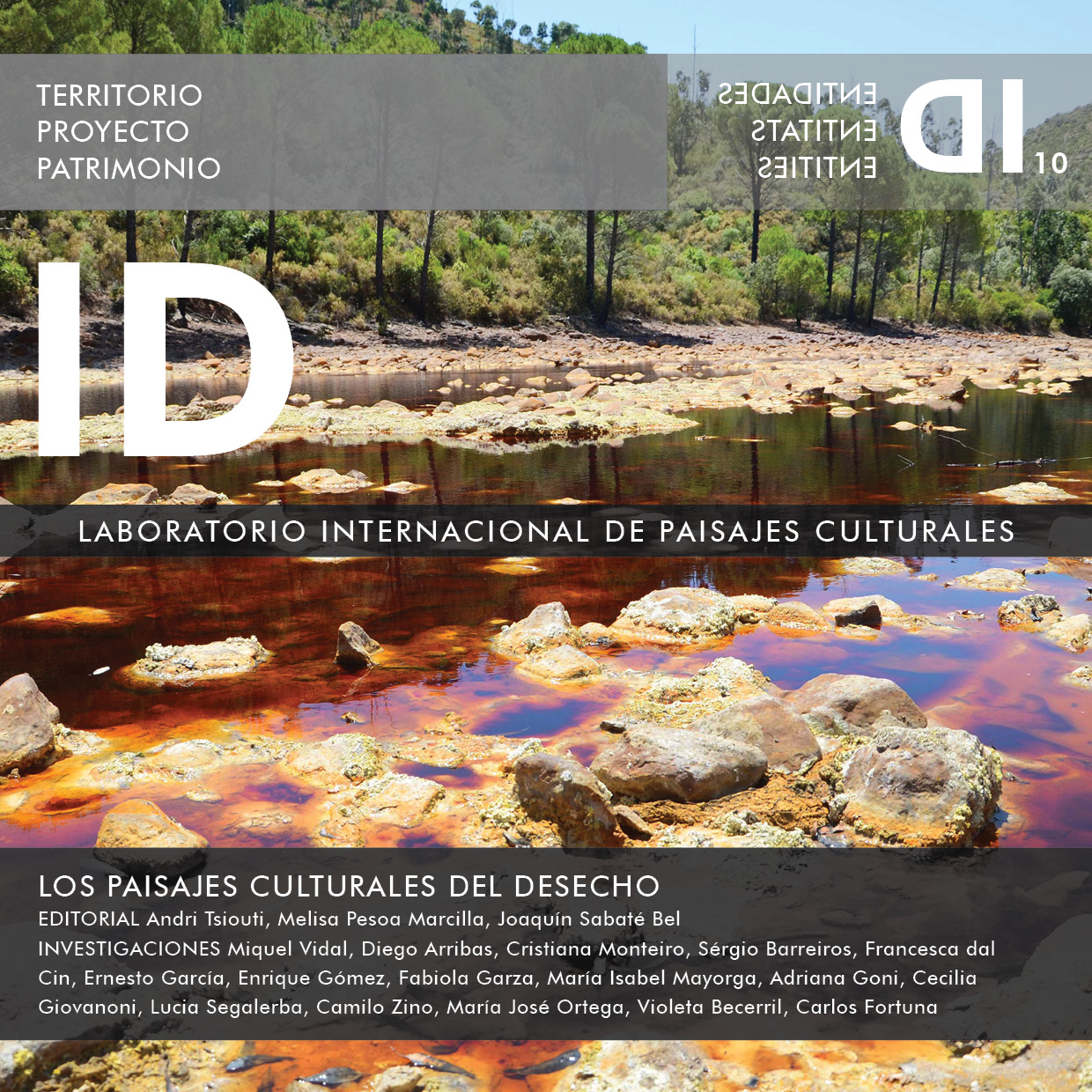THE WASTE LANDSCAPE ON THE BORDER OF BEAUTY.
Can the waste landscape be projected?
DOI:
https://doi.org/10.5821/id.10835Abstract
The landscape project is the management of its morpho-holistic identity, which contains the tangible and the intangible that have shaped a landscape through a process of successive artealizations. Starting from this premise, this article reflects on the capacity of waste, its projectability in the construction of landscapes: the waste landscapes are established as a new category in landscape design, which is constantly evolving according to social and cultural changes. A new approach towards waste is introduced through representative examples, with the intention to demonstrate that waste has diverse morpho-holistic identities, linked to different intangible aspects: their origin and other stories.
Keywords: waste landscape, Suria salt dump, artealization, waste
Downloads
Published
Issue
Section
License
Copyright (c) 2021 Creative Commons

This work is licensed under a Creative Commons Attribution-NonCommercial-ShareAlike 4.0 International License.
Those authors who have publications with this journal, accept the following terms:
a. Authors will retain their copyright and guarantee the journal the right of first publication of their work, which will be simultaneously subject to the Creative Commons CC BY-NC-ND-4.0 recognition license that allows third parties to share the work provided that its author and its first publication are indicated in this journal, but they cannot be changed or used commercially.
b. Authors may adopt other non-exclusive license agreements for the distribution of the version of the published work (eg: deposit it in an institutional telematic archive or publish it in a monographic volume) provided that the initial publication in this journal is indicated.
c. Authors are allowed and recommended to disseminate their work through the Internet (e.g. in institutional telematic files or on their website) before and during the submission process, which can lead to interesting exchanges and increase citations. of the published work. (See The effect of open access).













